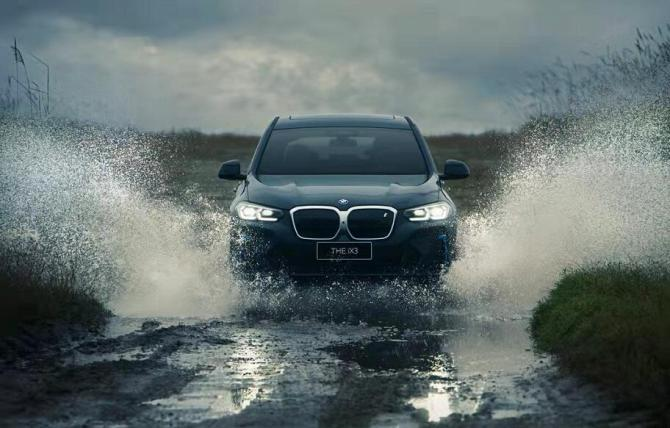This article is reproduced from autocarweekly public account.
Author: Du Debiao
Last time, when I test drove the i3, I didn’t get that spark, but this time when I test drove the iX3, the familiar feeling came back.
For traditional automakers to make pure electric vehicles, it’s like migrating fans to a public account on paper media. How can they ensure that they won’t lose fans? Holding onto the old taste is the most important thing.
Therefore, organizing this test drive event, BMW put the X3 and iX3 together to show their “mechanical prowess” equally, whether it’s driving the former or the latter you can feel BMW’s pure driving pleasure.
Of course, as an SUV, it may not be appropriate to describe it as driving fun when it can achieve the same agility and flexibility as a sedan; it’s more like a ability to control the body, thanks to the rarely interesting chassis structure and reinforce parts, but there is a price to pay too, such as too much rear suspension material, still maintaining aggressiveness towards the rear seats, but the more it does that, the more you realize it’s a pure product of BMW.
It’s almost like having a “masochistic” tendency.
BMW placed this test drive event in Guizhou, where the undulating altitude conditions posed a challenge to the battery life of electric vehicles. At the same time, the road section conditions include winding mountain roads, highways, and unpaved roads, just looking at the first two, you might think this is a Lamborghini test drive field. This kind of planning was also aimed at enabling everyone to have a full understanding of the sports capabilities of the two products.
Many emerging automakers these days have impressive chassis structures that can widen people’s eyes, and they often involve double-wishbone variants or rear five-link suspensions; however, you’ll only find out during the actual test drive that the business still has its specialization as “tuning” occupies an indispensable position in the automaker’s dictionary of making cars.
Hardwares-wise, the iX3 and X3 (basic) share the same set of things, front double ball joint spring shock absorber support + rear multi-link. You can see that BMW still follows the suspension structure used in the 3 series and 5 series on pure electric products. The form of the front suspension brings more main sales offset, and although the speed of the front of the car is not as sharp as that of the sedan series, it is still not comparable to the majority of pure electric vehicles.
In the hands of BMW engineers, this suspension system that has been used for many years is still youthful; to make up for the challenge brought by the high center of gravity of SUV, BMW engineers have added two reinforcement parts in the rear suspension, including the engine compartment, which strengthens the overall rigidity of the body. As for the angle parameters of the front and rear suspension links and their interaction during driving, it’s all up to the engineers’ skills.You can generally see that the trailing arms are all oblique, even in the part that indicates the longitudinal control arm, it is not facing the front of the car. It can only be speculated that this design may help to withstand both lateral and horizontal traction at the same time.
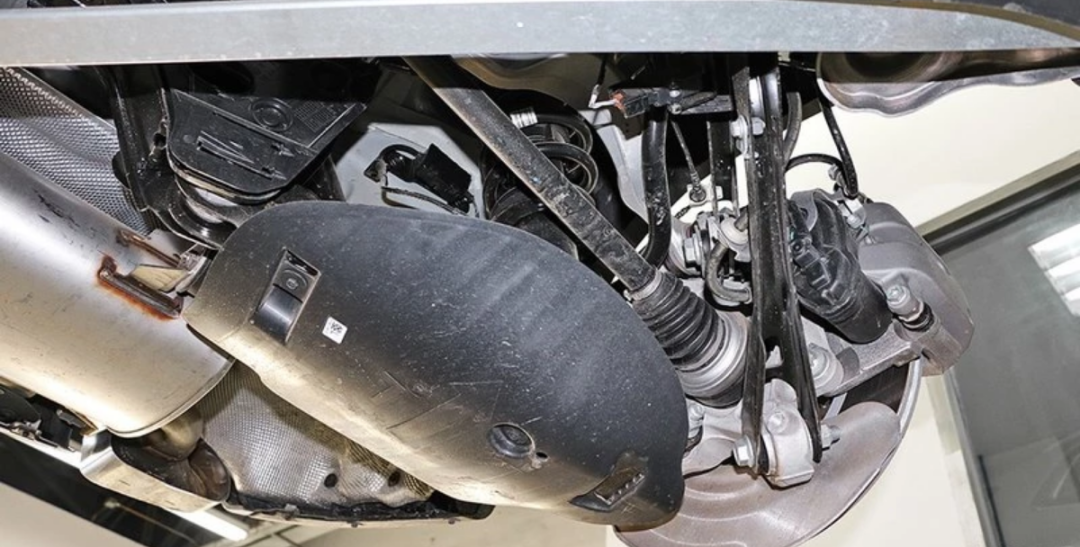
The result is that even though you are sitting in an SUV with a high sitting posture and a chassis loaded with an 80 kWh battery pack, when attacking corners on mountain roads, the speed of the front of the car and the follow-up of the rear are as close as possible to that of a sedan.
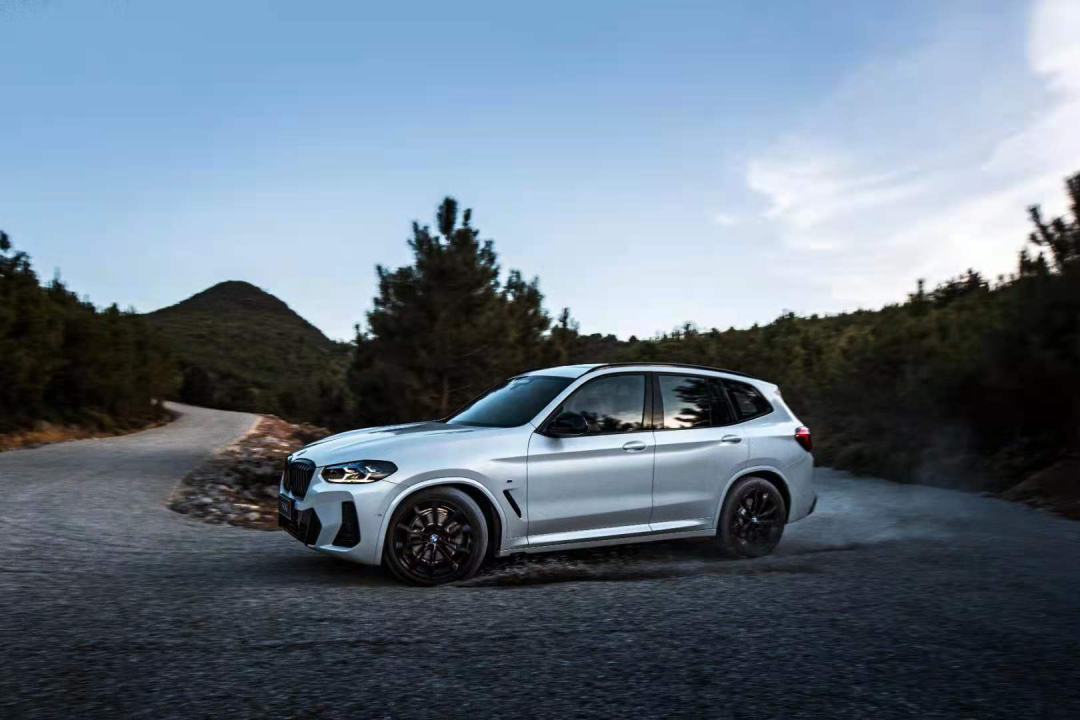
This is the charm of driving a BMW. Although the sedan series has made compromises towards comfort, when the same structure and tuning is applied to SUVs, the sense of integration is unmatched by ordinary urban SUVs.
Every BMW test drive feels like an important date. According to its philosophy, the best way to relieve fatigue is not to rest, but to drive away fatigue with pleasure. No matter how long the journey is, it never gets boring.
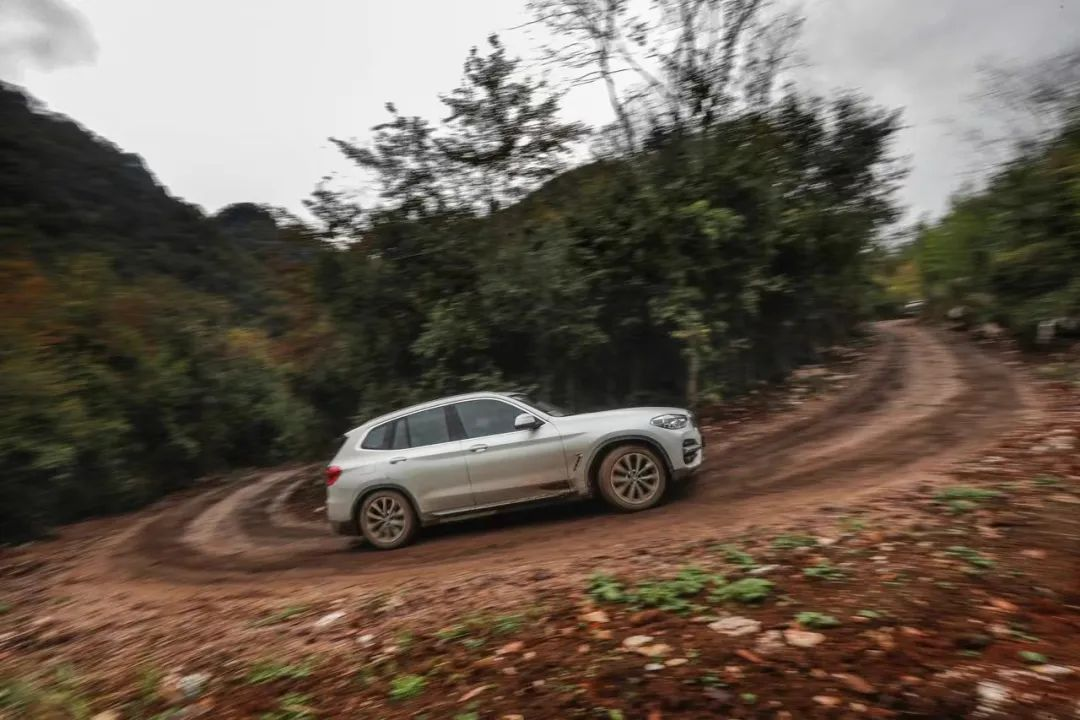
So every time I write a BMW test drive article, I am used to leaving space for the chassis and handling experience, because the manufacturer’s ability to control the body can only be reflected in corners, and power is almost a default value.
But power still needs to be mentioned.
First of all, if the budget allows, at least for the X3, the high-power version must be chosen. However, the 8AT gearbox from ZF makes the low-power version also capable of instant acceleration.
This gearbox is still a benchmark in the same or even higher-level products, and the term “benchmark” is too strong and absolute. However, ZF can live up to this name.
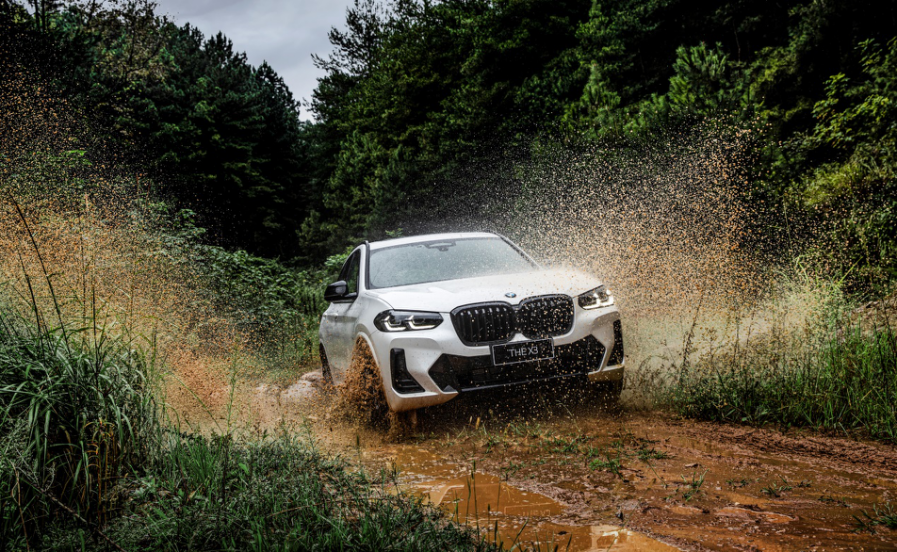
From 1/4, 1/3 to 1/2 depth or deeper of the throttle, the gearbox has corresponding downshift reactions. Now this 8AT gearbox is becoming more and more proficient. Whether it is continuous acceleration (the upshift of the gearbox is extremely fine, and from sensory judgment, the power loss during gear shifting is minimal), or in the repeated switching between braking and acceleration, the gearbox can basically handle these changes calmly.Although the high-power version of the X3’s 2.0T engine is actually the “weakest” among BBA models (although it can be squeezed higher in terms of data, it is not necessary), the X3’s acceleration ability is still the fastest with this gearbox and the engineers’ matching skills.
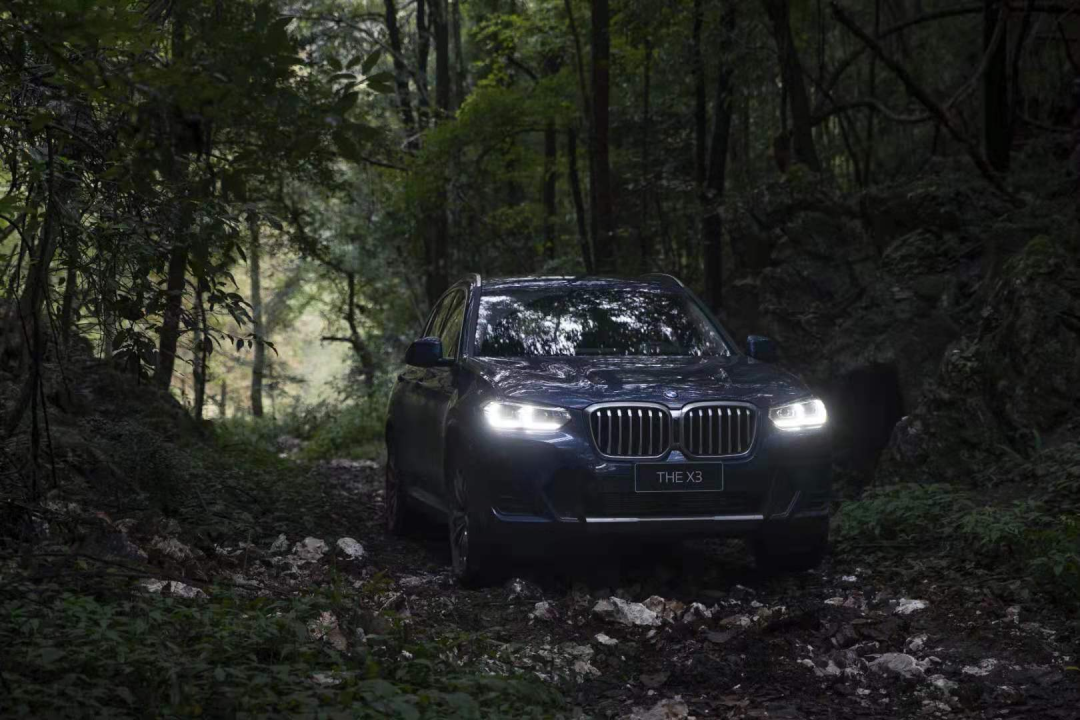
The iX3, on the other hand, uses a permanent magnet synchronous motor, which can reach peak torque in high and low speed conditions – a clear performance orientation, which is BMW’s attitude towards pure electric vehicles. However, in my opinion, there is still follow-up power in high-speed states, which is different from the general electric vehicle.
Although the iX3 is heavier, its peak torque reaches 400 N·m, so it is the same as the X3 in terms of 0-100 km/h acceleration. However, in the starting stage, the former, which uses a single-speed gearbox, is more agile.
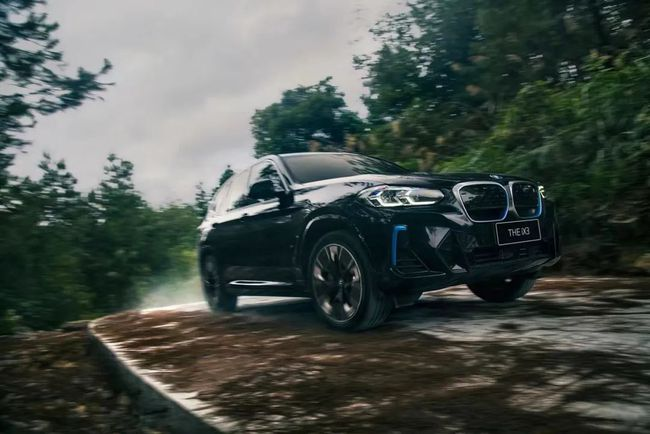
In addition, in terms of drive form, the iX3 uses a rear-wheel-drive, so there is less oversteer in mountainous road driving. We have also experienced a section of unpaved road, although this is a highway-type SUV, the ground clearance of the two products can basically ensure the road passing performance in light off-road conditions.
In any case, the best battlefield for the iX3 and X3 is still on the road and in bends. In simple off-road situations, it’s more a test of the chassis’s shock absorption ability, which is equivalent to overusing the battery. It may not decide anything but it can give the absolute restraint on the vibration amplitude and frequency, as well as the rigidity and self-control of the body on bumpy roads, which can make even the most picky perfectionists hard to criticize.
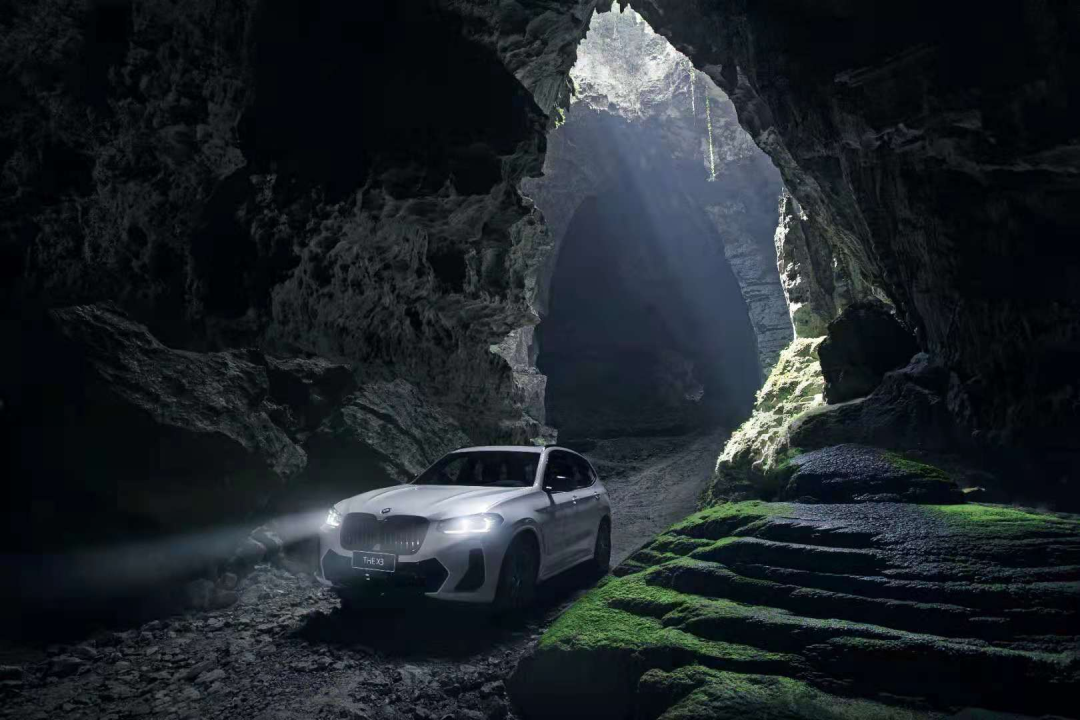
As for the iX3 interior design, configuration, and especially driving assistance system, the experience is also good. The former still maintains the DNA of the BMW family in a subtle way, while the latter can play a part in assisting the driver when fatigued. But whether driving an X3 or an iX3, the greatest pleasure is still in the small space of the cross-stitched steering wheel.
So, for handling, the iX3’s range performance is more like an unrelated topic (although the base number is not high, the efficiency of landing is good when tested). Therefore, this branch plot will not be further discussed.
I don’t know how BMW will view and choose autonomous driving and driving pleasure in the future, but as long as sitting behind the BMW’s steering wheel, it’s hard to avoid a primitive impulse rising from the dantian. Maybe the BMW series will continue to lengthen, maybe automatic and manual will compete, but mechanical quality and turning magic will always be the essence of BMW.
This article is a translation by ChatGPT of a Chinese report from 42HOW. If you have any questions about it, please email bd@42how.com.
